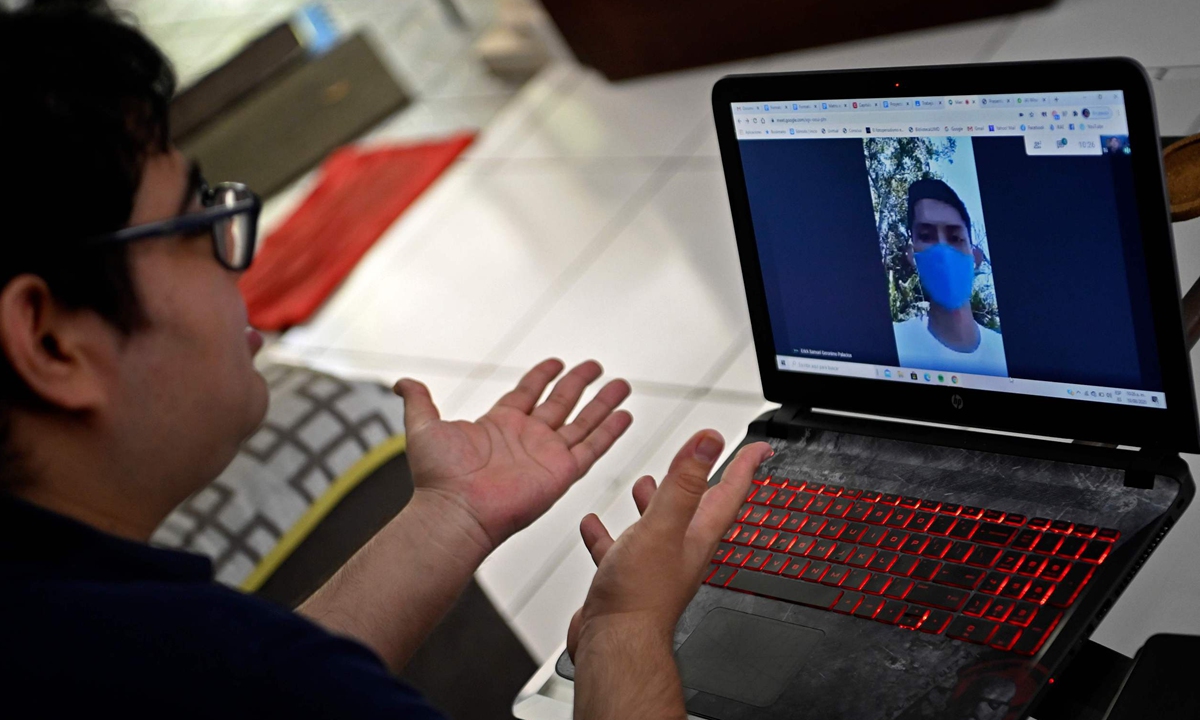Worldwide, 463m children can't access virtual schooling: UN
Source: AFP Published: 2020/8/27 18:08:40
Amid the COVID-19 pandemic and widespread school closures, at least one-third of students affected around the world lack access to virtual education, according to a UN study released on Wednesday.

In all, an estimated 463 million children lack the equipment or electronic access to pursue distance learning, said the report from UNICEF.
"The sheer number of children whose education was completely disrupted for months on end is a global education emergency," Henrietta Fore, executive director of the UN Children's Fund, said in a statement.
"The repercussions could be felt in economies and societies for decades to come," she said.
The UN estimates that 1.5 billion children worldwide have been affected by lockdowns or school closings occasioned by the pandemic.
The report underlined gaping geographical differences in children's access to distance education, with far fewer affected in Europe, for example, than in Africa or parts of Asia.
The UN report is based on data gathered from roughly 100 countries, measuring public access to the internet, to television and to radio.
Even children with adequate access may face other obstacles to distance education, such as the lack of a good workspace at home, the UNICEF report said.
Newspaper headline: 463m have no access to virtual classes

University professor Kevin Salazar communicates online with his student Erick Palacios, who as to climb up a hill to reach internet signal to attend virtual university classes, in Huizucar, El Salvador, on August 18. Photo: VCG
In all, an estimated 463 million children lack the equipment or electronic access to pursue distance learning, said the report from UNICEF.
"The sheer number of children whose education was completely disrupted for months on end is a global education emergency," Henrietta Fore, executive director of the UN Children's Fund, said in a statement.
"The repercussions could be felt in economies and societies for decades to come," she said.
The UN estimates that 1.5 billion children worldwide have been affected by lockdowns or school closings occasioned by the pandemic.
The report underlined gaping geographical differences in children's access to distance education, with far fewer affected in Europe, for example, than in Africa or parts of Asia.
The UN report is based on data gathered from roughly 100 countries, measuring public access to the internet, to television and to radio.
Even children with adequate access may face other obstacles to distance education, such as the lack of a good workspace at home, the UNICEF report said.
Newspaper headline: 463m have no access to virtual classes
Posted in: EYE ON WORLD